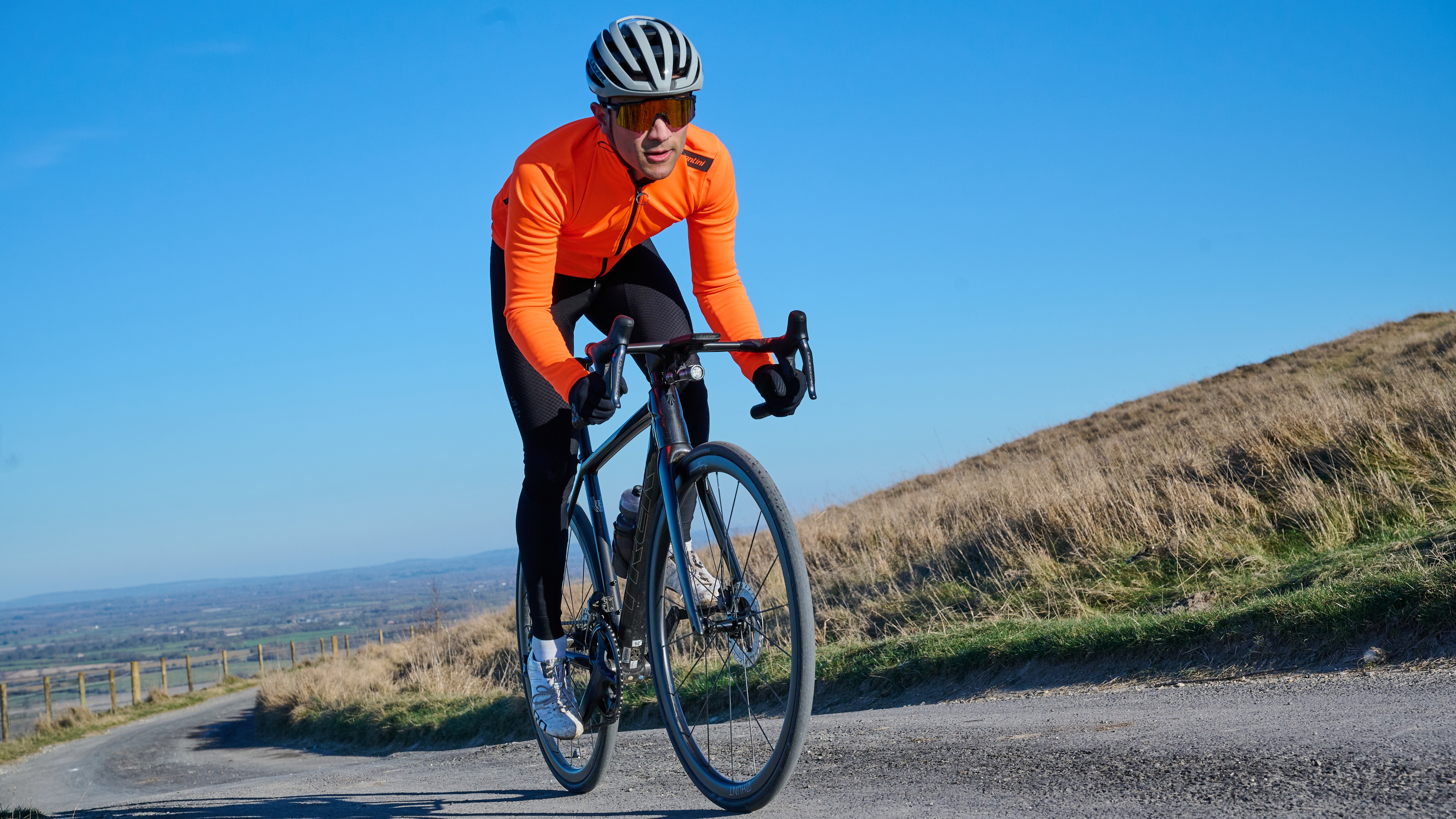
The dawn of a new year brings with it hope and anticipation for a new season. Excitement at the prospect of impending spring and summer miles. And for me, in 2024, a new bike.
After months of painstakingly playing with spreadsheets and agonising over specifications, then lovingly jigsawing those parts together, it’s finally here. My aluminium superbike is ready to ride.
With top end carbon race bikes routinely being launched with five figure price tags, I wanted to prove - or disprove, you be the judge! - the theory that it's possible to build a lean, mean, racing machine for much less. This build tips the scales at 7.8kg, with pedals and winter tires fitted, and would cost £4,695.57/$5,937.
An aluminium heart
Beginning with the biggest piece of the puzzle, I decided to use Trek’s Emonda ALR frameset. Launched in the middle of last year, with racier geo and a decrease in weight, I knew it was the bike for me - I just had to figure out how I would build one of these framesets.
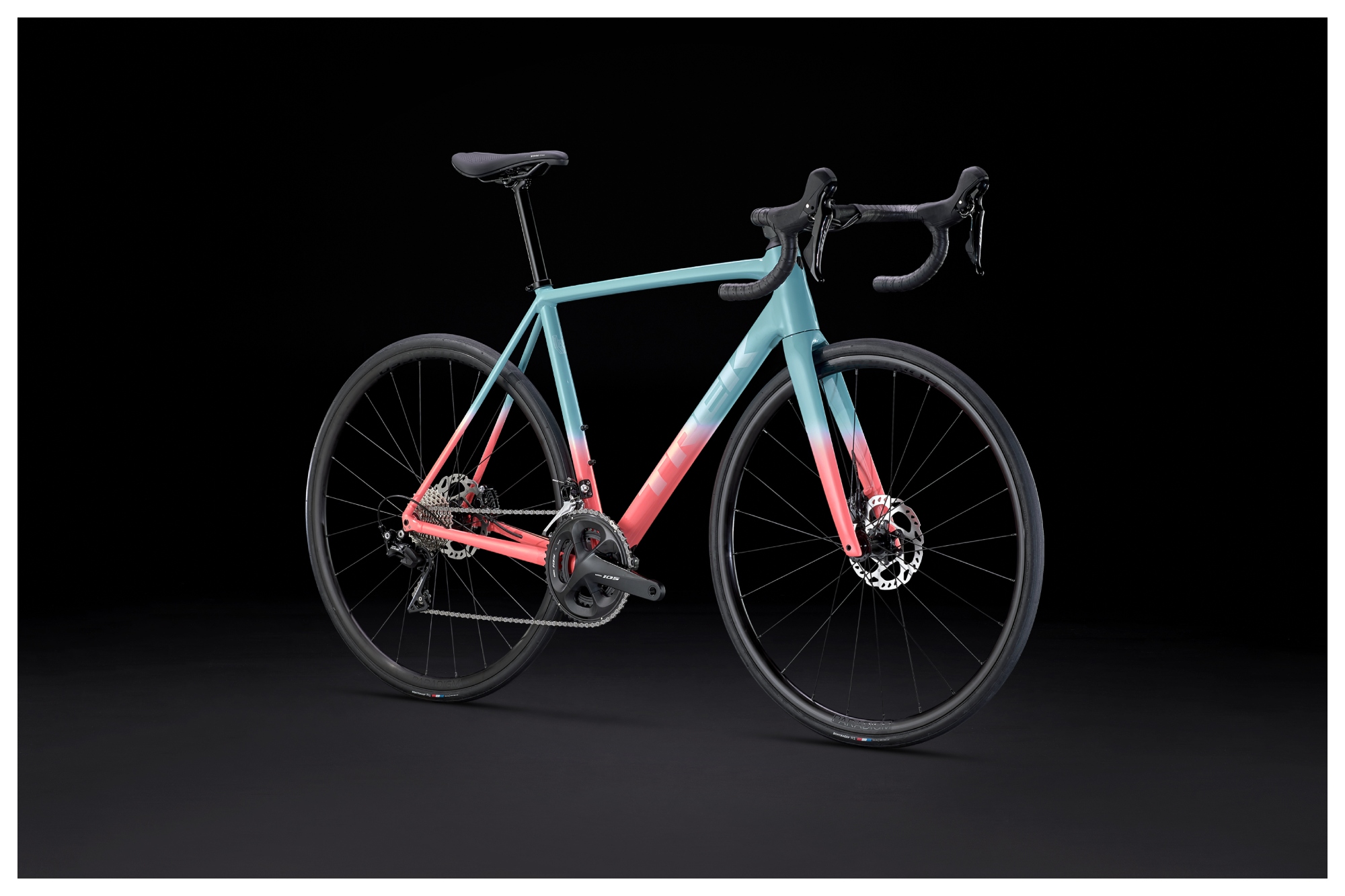
The most recent iteration of the Émonda ALR saw the brand drop 250g on the previous model, with a painted frameset weighing 1257g and a fork 406g. The geometry also became more aggressive, the headtube lowered by around 1.9cm (size dependant). Some aero touches were made to the tube profiles, with the brand also opting for integrated cabling and a T47 bottom bracket replacing the press fit version.
I decided to go for an Ultegra groupset. In my opinion, it’s the groupset that best balances performance and price. I went for a 52/36 chainset on 170mm cranks and I’ve paired that with an 11-30 cassette. For me, these are ratios that just work. I may switch the 36T inner ring to a 38T in the future if I get any fitter - but right now I’m happy with the range I have.
The ethos of balancing performance and price can be seen on the wheels too, these are the Hunt Aerodynamist 32s. They come in at a claimed 1213 grams thanks in large part to the super lightweight carbon spokes. What this results in are some wheels which accelerate incredibly quickly and feel super snappy, but let’s hope I don’t actually snap them.
I’ve paired these wheels with the new Specialized S-Works Mondo tires. They’re made up of the same rubber compounds as the S-works Turbo tires, but have a much stronger casing which makes them better for all weather riding. And yes, I have set them up tubeless with some Silca sealant. I’ve opted for the valves which came with the wheels and so far they have worked well, but in time, I may swap these out.
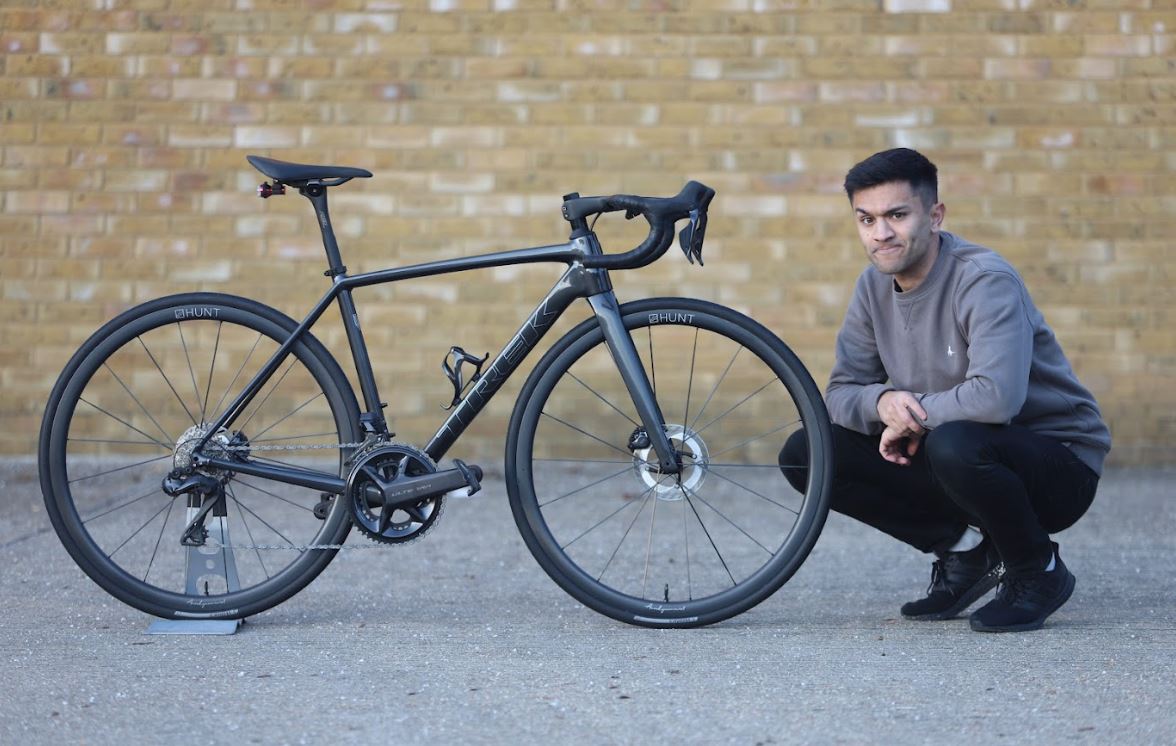
Onto the finishing kit and at the helm, I’ve opted for the Bontrager Aeolus RSL VR-C integrated cockpit - I know it’s a very catchy name. The reason why I went for this cockpit above many, many others is because I really like how the bars deal with the brake hoses.
On these ones, there’s an external channel that runs on the underside of the bars for the hoses to sit in with a little cover which bolts onto the bars and holds it all in place. You get the benefit of a clean integrated look but without the faff of needing to have everything on the inside.
I’ve opted for a 38cm width bar with a 90mm stem which is perfect for me. The bars also make use of Trek’s Blendr computer mount system which means my Garmin cycling computer integrates really cleanly with the bars. I went for the Supakaz Super Sticky Kush bar tape, because it’s my favourite and I’ve used it for years now.
The other reason why I chose these bars is because they work very easily with a normal steerer tube which means I can play around with the height of the bars to work out what suits me best. Granted, it is a little tricky moving them about as there’s not a huge amount of give on the hoses but, with a bit of gentle manoeuvring you can move them up and down far easier than you can on many other bikes.
Onto the seatpost and I’ve gone for an RSL inline seatpost to which I’ve mounted the Fizik Vento Argo 00 saddle which is one I swear by and absolutely love. When you look a little closer, you’ll see that I’ve bought a 3D printed rear light mount which plays host to my Exposure Tracer. I love this mount because it attaches to the saddle rails and holds the light nice and high up and just looks so clean.
I also enjoy that the light won’t be scuffing and chewing up the carbon on the seatpost meaning it should stay in good shape for a long while. The pedals I’m using are the Look Keo Carbon blades - the same ones I’ve been using for nearly eight years now, but I did give them a service recently when I changed the retention clips and carbon blades.
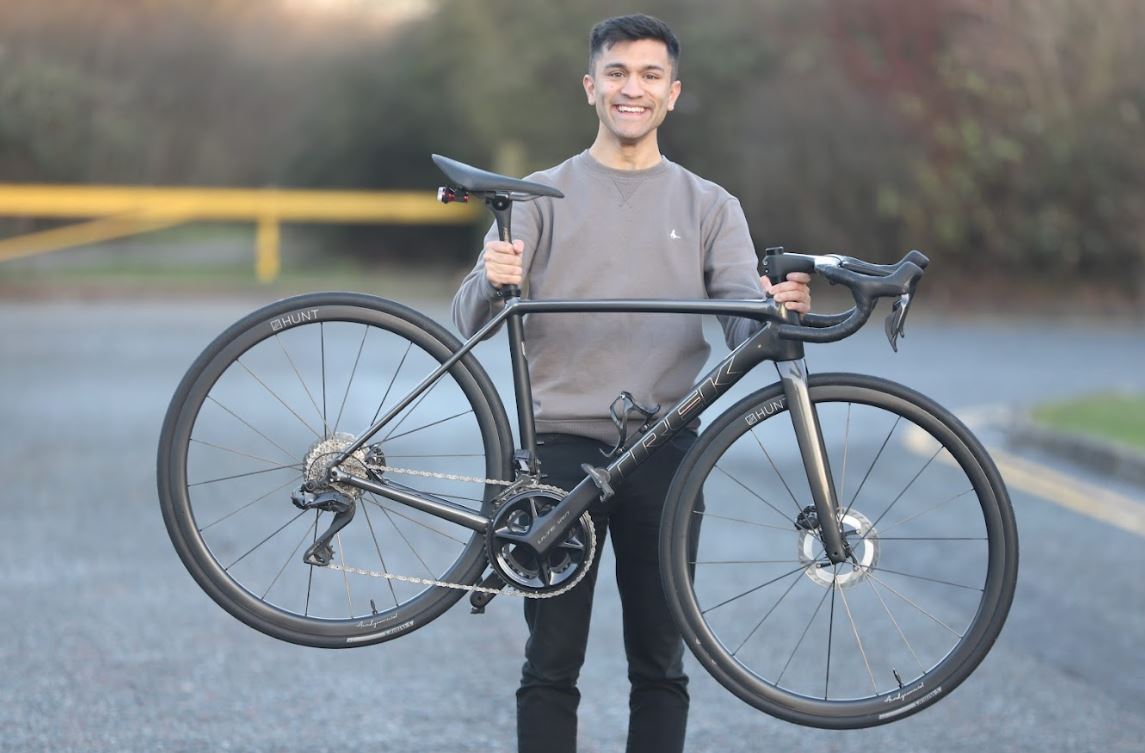
FULL SPECIFICATION
Frameset
Groupset
Bottom Bracket
Saddle
Seatpost
Cockpit
Bar tape
Wheels
Tyres
Sealant
Bottle Cage
Rear Light
Rear Light Mount
Aluminium is the choice for the sensible rider
Whilst carbon is still the choice for the masses, for me, premium alloy bikes just make sense - especially as bike prices continue to climb. If you’re looking for something which has a lot of the high end touch points, then something like this could perform really well for you.
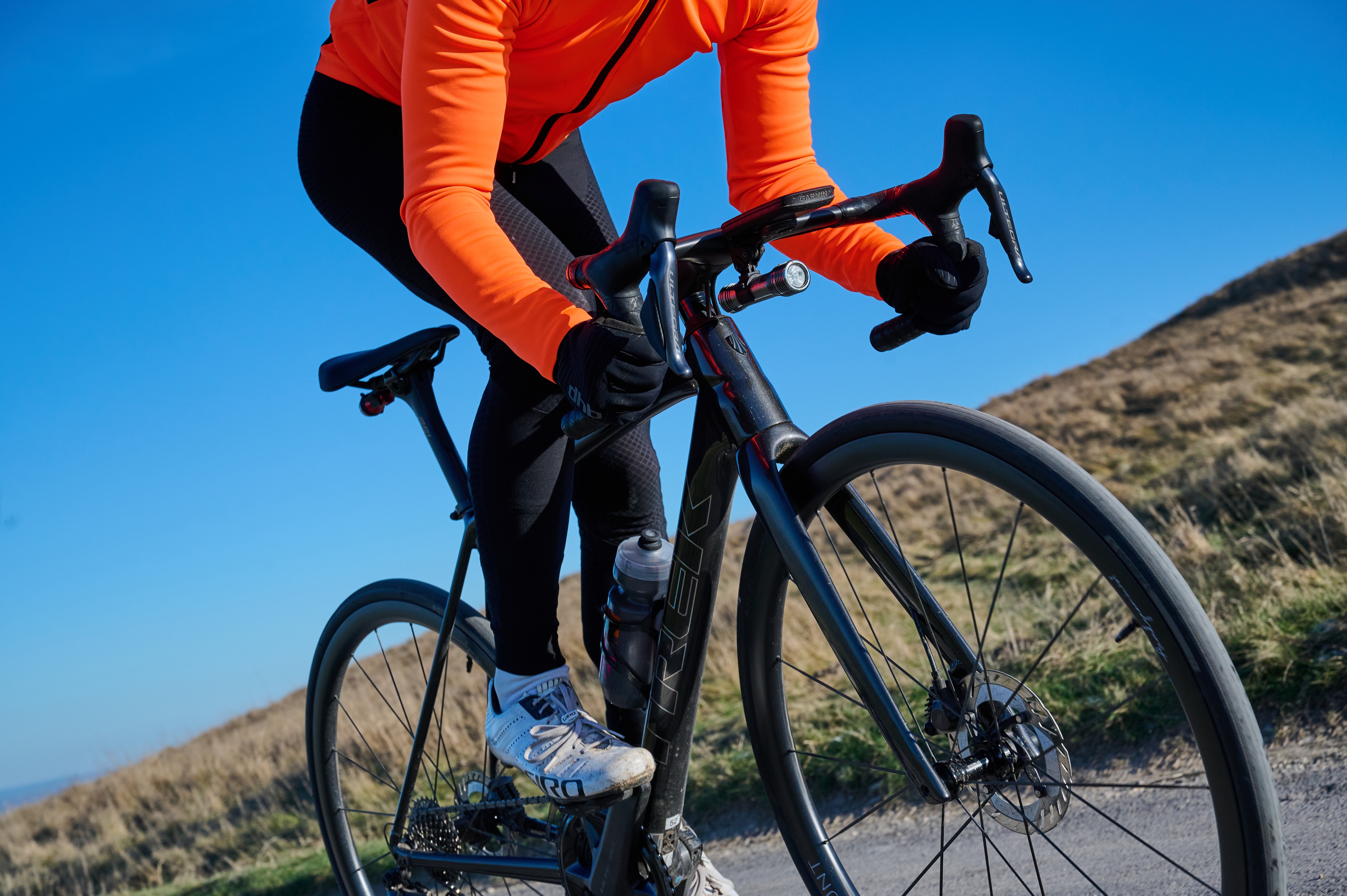
It's often believed that choosing aluminium will always result in a 'heavy' bike. But weight was a major factor for me when it came to this build. My 52cm frame, in a full build with pedals, computer mount and bottle cage, comes in at exactly 7.8 kilos.
I think that's a very good weight, especially when considering that come summer next year, when I fit some summer tires, I’m expecting that weight to drop by another 150 grams. Pair that with some other changes I’m thinking about making and I believe this bike in summer will be weighing sub 7.5 kilos.
It's difficult to offer direct comparisons, since quoted weights rarely include pedals and mounts, but I'm confident that for a bike with a second tier groupset and an aluminium frame, that’s really very good.
Unchartered tech
Whilst, obviously, I'm pleased with the results of all my hard spreadsheet analysing and workshop tinkering, that’s not to say that I don’t have a few concerns. Primarily, these surround the wheels.
This is the first time - on my personal bike - that I’ll be running a hookless, tubeless set up with carbon spokes.
I’m no stranger to the technology, having tested many bikes with similar set ups. However, there’s something about adopting the tech for yourself which adds in another layer of jeopardy. I’m going to be interested to see what my experience is like with that over the coming 12 months, in reality, there’s a good chance that it will be flawless and I was concerned over nothing.
What I am very excited about though is taking this bike out onto my local roads where I think it will work really well. I have a lot of rolling hills, and steep inclines and I believe this setup will tackle that parkour really well, but of course only time will tell. It’s certainly a great bike for winter, but I’ll be keen to see if it leaves me hollow during summer.
Is this as good as 'value' gets, in 2024?
The final point to touch upon is price. How much does it cost to bring a bike like this into the world? Well, I’ve hunted down all the best prices I could find, and got the total cost down to £4,695.57 (at time of planning: December ''23).
In dollars that’s a rough conversion to about $5,937 dollars, but prices for parts in the US will vary compared to what they are in the UK. To be clear, that price does not include the pedals, bottle cage, Garmin or rear light, and it also doesn’t include any labour to have the bike built up.
I’m really happy with the value this bike represents. Yes, it is a lot of money and you can buy a fully built carbon bike for the same money.
For comparison, Canyon makes the Ultimate CF SL 8 Aero which comes in at a similar price point, a similar claimed weight and does have a powermeter. However, for a bike nerd like me, I’ve had the joy of choosing the perfect components in the perfect size to create something which I know balances price and performance while still being unique and perfectly tailored to the type of riding I like to do. And, I don't think you can put a price on that.







